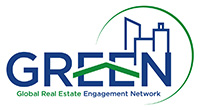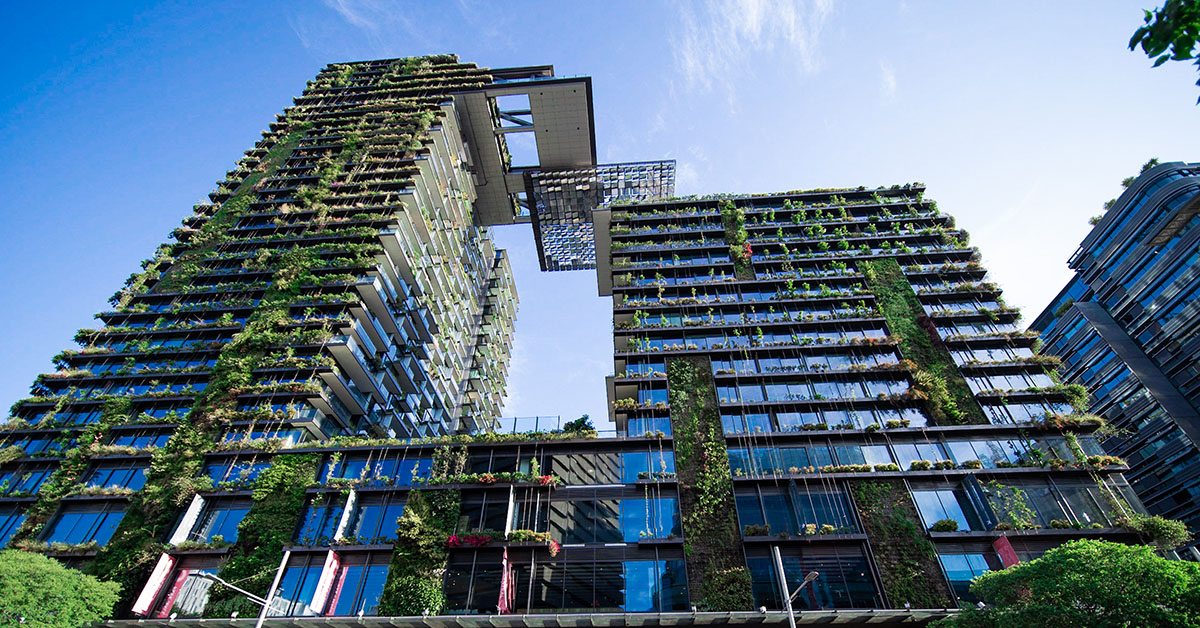From Desks to Dwellings: Unlocking the Green Potential of Vacant Office Space
Given the current challenging market environment with high-interest rates, lower demand, and an urge to mitigate climate risks, there are few options for office owners.
In this article, Linde Kattenberg, a PhD Candidate in Finance at the School of Business and Economics, Maastricht University, discusses an innovative solution studied by a group of academic researchers from the United States: the conversion of brown offices into green residential estates.
The phenomenon of Urban Doom Loop
Office market vacancy rates are higher than pre-pandemic levels in North America, Asia-Pacific region, and Europe Higher interest rates and the trend to work more from home, have impacted office use. According to this recently released JLL report, the global vacancy rate reached a record high of 15.9%, with vacancy highest in North America, followed by Europe and Asia Pacific. Lower demand in the downtown areas of major cities is leading to declining building values, lower tax revenues, and ultimately a lower attractiveness of these areas due to decreased public spending. This phenomenon is known as the ‘Urban Doom Loop’, explained in this video by Columbia professor Stijn van Nieuwerburgh.
Housing affordability crisis
At the same time, there are housing shortages in many cities. There is particularly limited access to housing for lower income households in central areas.
For instance, the OECD shows here that house prices in metropolitan areas are significantly higher than country averages, with a difference of around 20% for most countries. Furthermore, owners face the additional challenge of upgrading the energy efficiency of the building stock without sacrificing affordability, as highlighted in this recent GREEN article. Essentially, there appears to be a misallocation of space in high-demand areas, like the downtown areas of major cities.
Opportunity for changes
A recent study by Arpit Gupta, Candy Martinez and Stijn van Nieuwerburgh addresses how policymakers can tackle both office over-supply and housing shortage issues simultaneously, by converting office buildings to a new use. In particular, they assess the potential of offices classified as ‘brown’ to be renovated and turned into apartments. The article studies the commercial districts of 105 US cities to estimate the potential for these conversions.
Suitable buildings
Firstly, they identified the conditions that make office buildings suitable for conversion. They looked at Class A-, B, and C office buildings as their owners are most likely to face financial distress, compared to class A+ buildings that have mostly retained their value due to flight-to-quality by occupiers. Only buildings above 25,000 square feet (around 2,300 square meters) were taken into account, as they were more likely to benefit from economies of scale from conversion. Buildings with deep floor plates were excluded, as they did not fit apartment requirements, and the amount of lighting was too limited without major adjustments. They identified brown offices as those that exceeded greenhouse gas (GHG) emission limits and were built before 1990. They first identified GHG emission limits for 2030 in New York City where the Local Law 97 will be implemented and GHG emission data is available at the building level. This data was used to impute figures for other locations based on similar building characteristics. Lastly, they acknowledged that buildings which had major long-term tenants were not suitable for conversion, and excluded them from the analysis.
Consequently, 2,431 offices were considered suitable for designation as an apartment building, or around 11% of the total office market in downtown areas. They estimated converting these spaces would produce 158,655 additional housing units. If these units operated at 25% under the 2030 NYC emission cap, the amount of CO2 contributed by the buildings would reduce by 1,420,034 tonnes of CO2, or 80% compared to if they remained as ‘brown’ offices. Moreover, producing apartments under these emission standards would place them amongst the top 10% least CO2-emitting apartment buildings.
(Financial) benefits & regulatory risk reduction
The authors concluded that the conversion is feasible if the apartments were rented at market rates. If the apartments were rented as affordable housing, there are subsidies available to make these investments financially feasible l. The benefits include limited vacancy risk as there is high demand for housing in the studied areas, particularly energy-efficient properties that can be leased for a premium. The owners also have lower regulatory risk, as the buildings are upgraded to energy efficiency standards above current standards, and are better protected against the risk are tougher future energy efficiency laws. This may also lower the need to retrofit a building in the future and reduce the risk of having fines for exceeding emission limits. The financing costs of conversions can be permanently lower due to the green status of the investment. Finally, conversions use less embodied carbon than new construction, while allowing new living space to be developed faster.
How to seize the opportunity
The paper proposes a promising and actionable plan to rethink urban building space. In fact, the Biden administration has picked up on this proposal and is now offering new financing, technical assistance, and selling federal properties to support these types of conversions. Whether this solution can be applied in other markets, depends on local circumstances which need to be assessed. The feasibility of the conversion from ‘brown’ offices to ‘green’ apartments may depend on rent levels in different markets. Offering rental units at affordable prices will also depend on local policy. Undoubtedly, the problems converting redundant office space to housing are many and challenging. However, the study clearly shows it is a strategy for tackling housing shortages and reducing carbon emissions, that is worth exploring.
Call upon other investors to collaborate to achieve real-world impact
GREEN is a not-for-profit collaborative engagement initiative for institutional investors, focusing on reducing climate risk in the real estate industry. GREEN members acknowledge the importance of collaboration to initiate change and maximize impact. We, therefore, call upon other institutional investors to join GREEN and work together towards a Paris-aligned real estate sector. Check the investor statement for more information.
Disclaimer
The views presented in this article reflect the views of the GREEN Secretariat but do not necessarily represent those of the individual GREEN members.






